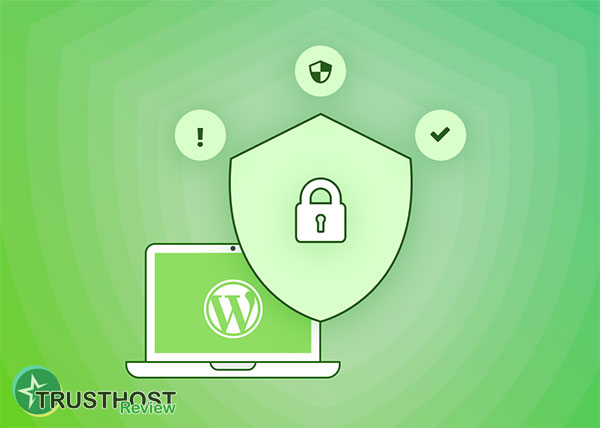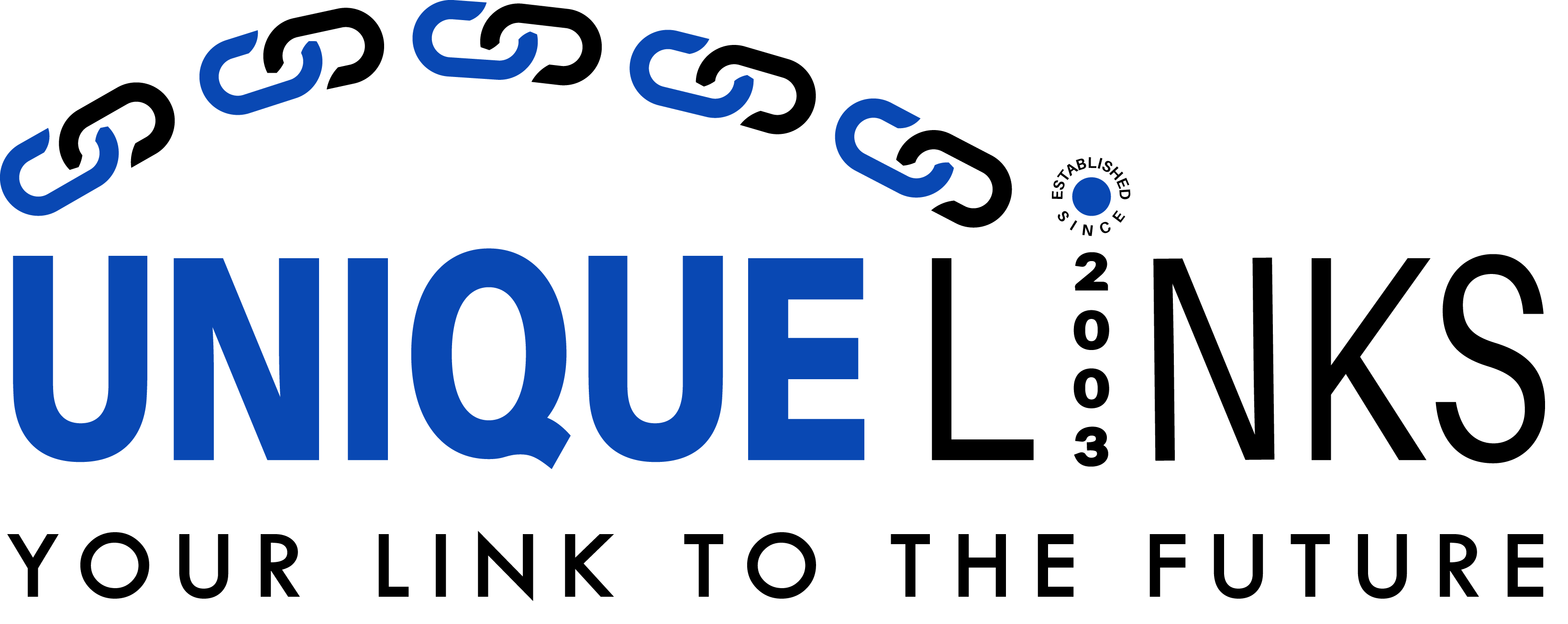GoDaddy Hosting Review 2025: More Than Just Domains?
For small business owners, developers, and webmasters, choosing a hosting provider is one of the most critical infrastructure decisions you'll make. It directly impacts your site speed, user experience, security, and ultimately, your bottom line. GoDaddy leverages its massive brand recognition to offer a seemingly easy path. But does their hosting service live up to the hype, or is it merely an afterthought to their domain empire? Let's dig in.
What is GoDaddy Hosting? A Quick Overview
GoDaddy is a household name, primarily as the world's largest domain registrar. It's often the first stop for anyone buying a domain name. Naturally, they offer a suite of other services, with web hosting being a major component. Their core value proposition is convenience: get your domain, hosting, email, and website builder all under one roof. But as any seasoned developer knows, a jack of all trades is often a master of none. We're here to find out if that's the case.

GoDaddy offers a wide spectrum of hosting options, but their pricing structure requires careful attention. The low introductory prices are tempting, but renewal rates can be two to three times higher. Let's break down the main offerings.
This is the entry-level, most affordable hosting option, where you share server resources with other websites. It's best for personal blogs, portfolios, or very small business websites with low traffic.
- Economy: The cheapest plan, suitable for a single basic website. It comes with a free domain (for the first year), but lacks many essential features.
- Deluxe & Ultimate: These plans allow for more websites and storage, offering slightly better resources.
- Maximum: This top-tier shared plan promises more CPU and memory, but you're still in a shared environment.
The Catch: The advertised prices are for long-term commitments (usually 36 months). A one-year plan is more expensive, and the renewal price will be a shock if you're not prepared. Essential features like SSL certificates (free for the first year on some plans, then paid) and backups are often aggressive upsells.
2. WordPress Hosting
These plans are optimized specifically for WordPress sites, offering features like pre-installed WordPress, automatic updates, and malware scanning. Performance is generally better than their standard shared hosting because the servers are tuned for a single application.
However, compared to specialized WordPress hosts like SiteGround or WP Engine, GoDaddy's offering can feel basic. The performance gains are noticeable over their own shared hosting, but may not compete with the best hosting for small business that focuses solely on WordPress.
3. VPS and Dedicated Hosting
For websites that have outgrown shared hosting, GoDaddy offers Virtual Private Servers (VPS) and Dedicated Servers. These give you more control and dedicated resources.
- VPS Hosting: A good middle ground, offering more power and scalability than shared hosting without the cost of a dedicated server.
- Dedicated Hosting: The highest tier of performance, where you get an entire server to yourself. This is for high-traffic websites, large e-commerce stores, and applications with specific security and performance needs.
While these plans are robust, they are also where GoDaddy faces the stiffest competition from providers like Liquid Web and Cloudways, who often offer better performance and managed support for a similar price.
Performance and Site Speed: The Deal Breaker
In 2025, fast website hosting is not a luxury; it's a necessity. A slow website frustrates users and hurts your SEO rankings. So, how does GoDaddy perform?
Our analysis, based on industry benchmarks and user reports, shows a mixed bag:
- Shared Hosting Performance: GoDaddy's shared hosting plans are notoriously average. Time to First Byte (TTFB), a key indicator of server responsiveness, can be sluggish, often exceeding the recommended 200-400ms. While fine for a hobby blog, this can be detrimental for a business website where every second counts.
- Uptime: GoDaddy promises a 99.9% uptime guarantee. While this sounds good, it's standard for the industry. The key is in the fine print—scheduled maintenance is often excluded, and claiming credit for downtime can be a hassle.
- Resource Throttling: A common complaint on their shared plans is resource throttling. If your site suddenly gets a spike in traffic, GoDaddy might limit your CPU and RAM to protect other users on the server, effectively slowing your site down when you need the performance most.
Comparison: GoDaddy vs. Competitors on Speed
When we compare a basic WordPress site on GoDaddy's shared hosting to similar plans on SiteGround or Hostinger, the difference is often clear. SiteGround, built on Google Cloud infrastructure, consistently delivers faster load times and better TTFB. Hostinger, a leader in affordable hosting, also frequently outperforms GoDaddy in speed tests, offering better value for money.

The User Experience: A Maze of Upsells
GoDaddy uses a customized version of cPanel, which is familiar to many webmasters. The main dashboard is relatively clean, but the user journey is littered with upsells. From the moment you sign up, you are constantly prompted to add more services:
- Paid SSL Certificates (after the first year)
- Website Backups (a critical feature that should be included)
- Email Hosting
- SEO Tools
- Website Security (Malware Scanners)
For a beginner, this can be overwhelming and misleading. It's easy to end up with a bill much higher than anticipated for features that many other hosts include for free. This aggressive sales strategy is one of the biggest criticisms leveled against the company.
Customer Support: Can You Get Help When You Need It?
GoDaddy offers 24/7 support via phone and live chat. Their phone support is often highlighted as a strong point, as you can speak to a human relatively quickly. However, the quality of support can be inconsistent. Basic queries are handled well, but more complex technical issues can sometimes lead to long hold times or escalation to different departments. Many users report that the support team is also trained to upsell, which can be frustrating when you're trying to solve a critical issue.
The Verdict: Who Should Use GoDaddy Hosting in 2025?
After a thorough review, a clear picture emerges. GoDaddy is not a one-size-fits-all solution.
GoDaddy Hosting is a POTENTIAL FIT for:
- Absolute Beginners: Individuals who prioritize the convenience of having their domain and hosting in one place for a very simple, non-critical project.
- Domain Hoarders: Users who already have a large portfolio of domains with GoDaddy and want to quickly launch a simple landing page or 'coming soon' site.
GoDaddy Hosting is LIKELY A POOR FIT for:
- Serious Small Businesses: Any business that relies on its website for leads and sales needs better performance and more reliable support.
- E-commerce Stores: Online stores require top-notch speed, security, and stability to maximize conversions. GoDaddy's shared plans are not up to the task.
- Developers and Agencies: Professionals who need advanced features, staging environments, and expert support will find GoDaddy's ecosystem restrictive and underpowered compared to developer-focused hosts.
In conclusion, while GoDaddy has successfully built an empire on domains, their hosting feels like an accessory rather than a core, high-performance product. The convenience is tempting, but the trade-offs in performance, transparent pricing, and feature-richness are significant.
















